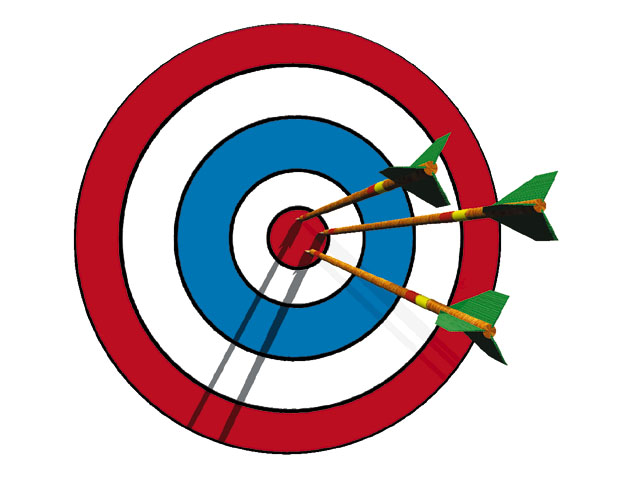The FMCG giant claims a focus on more precise targeting of audiences such as first-time mums is helping its advertising reach “the right people at the right time, in the right place”.
Procter & Gamble (P&G) has credited a shift from “generic demographics” to “smart audiences” with helping improve the effectiveness of its marketing and its innovation pipeline.
CEO David Taylor said he is excited about its “smart audience work”, which is helping the company move from “wasteful” mass marketing to mass one-to-one brand building.
To do that, it is using the more than one billion consumer IDs it has to build audience segments and then do “propensity marketing with people who have similar characteristics”.
“We are going from generic demographic targeting, like women aged 18 to 35, to more than 350 precise smart audiences, like first-time mums, millennial professionals or first-time washing machine owners, to help us reach the right people at the right time, in the right place,” he explained.
“That is only going to get more powerful…and we will get more accomplished at performance marketing to serve people messages that meet their needs.”
Taylor said this tighter targeting is also making a “meaningful difference” to its innovation pipeline because the company can get very targeted audiences to test new business ideas, products and propositions.
That, coupled with a more streamlined organisational structure, is allowing for “lean innovation”, reducing the time and cost of product development, and cutting innovation cycles from months to “sometimes days”.

We will get more accomplished at performance marketing to serve people messages that meet their needs.
“We are testing more ideas that we then focus on, incubate and advance. We are learning fast with small teams at relatively small investment. We have the confidence we can find ideas and business propositions that have great promise with minimal investment,” he added.
Taylor also called out P&G’s advertising, saying it wants to create campaigns that “clear the highest bar for creative brilliance, sparking conversations, changing behaviour and sometimes defining popular culture”. He pointed to Tide’s grand prix win at the Effie’s this year, as well as its haul at Cannes Lions.
“We start with understanding consumers then creating ads that make people think, talk, laugh, cry, smile, share and, of course, buy,” he said.
Gillette takes a hit
P&G’s organic sales rose 7% in the quarter ending June, with price hikes contributing 3 percentage points of that increase. However, the company reported a net loss of $5.24bn due to an $8bn writedown of Gillette.
CFO Jon Moeller said while grooming remains a “very attractive business”, with organic sales up 4% in the quarter, it has faced significant headwinds over the past three years.
The global nature of the business means it has been more adversely affected by a strong dollar, while mounting competition and changing consumer behaviour have also hit sales.
Gillette remains the number one shaving brand globally, but competitors such as Edgewell’s Harry’s and Unilever’s Dollar Shave Club have disrupted the market with lower price points and a direct-to-consumer model. However, P&G believes the fact that both those disruptors are now owned by companies that need to make money will work in its favour.
Moeller also pointed to recent campaigns from Gillette and Venus that show how the brands are trying to be “more relevant” to Gen Z and millennials, saying it has “made progress there”.
“We are rejuvenating the Gillette and Venus brands,” he said. “The campaigns are working, they are engaging with Gen Z and millennials… and we are seeing significant positive impacts on likelihood to purchase.”
Taylor also claimed P&G is now better prepared to take on challenger brands through its simplified structure, which enables it to see and respond faster to competitive threats.
“Our eyes are wide open,” he said, adding: “The environment is highly competitive… but our big brands continue to do well when they address consumer needs, stay relevant in our packaging and comms, offer an experience that justifies the cost, and are better than the best alternative.”
source: /www.marketingweek.com
MARKETING Magazine is not responsible for the content of external sites.







